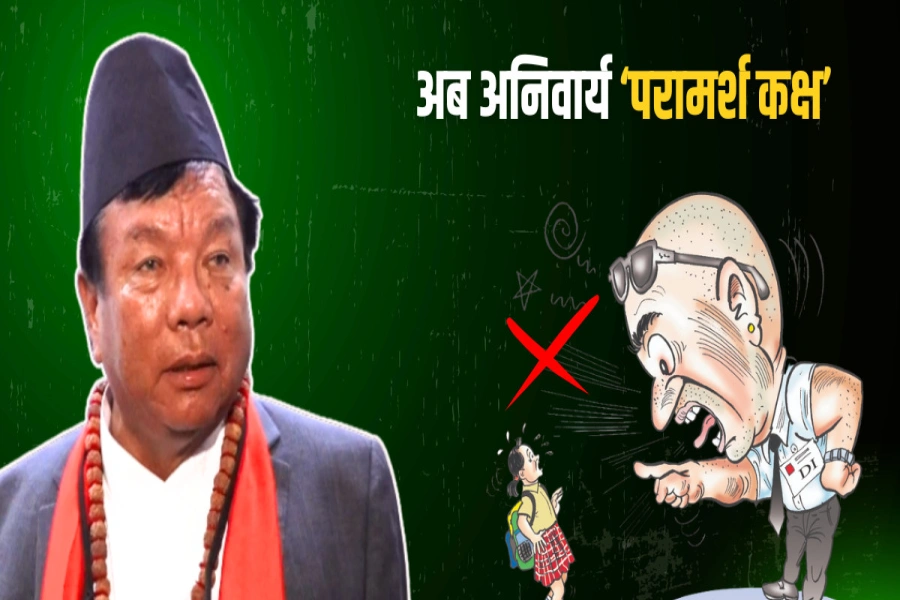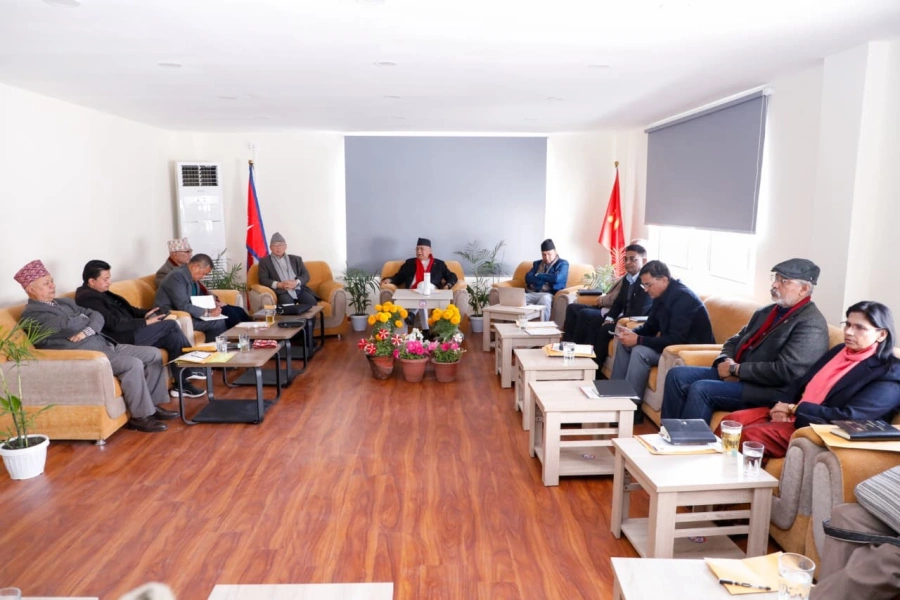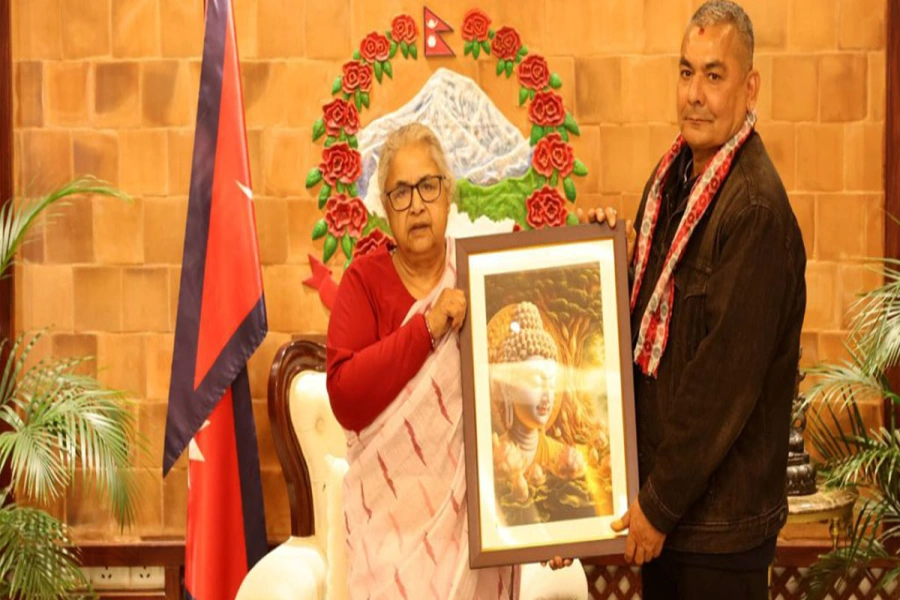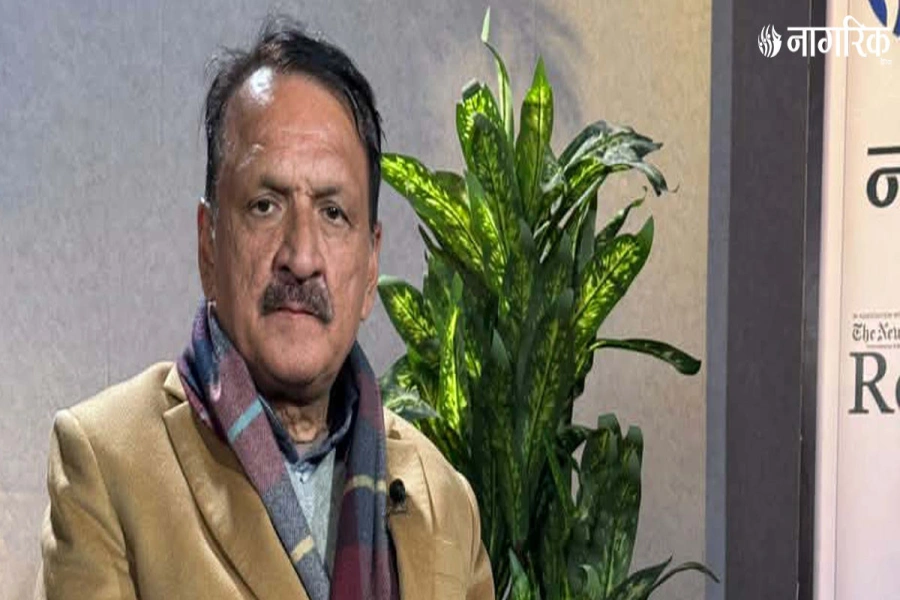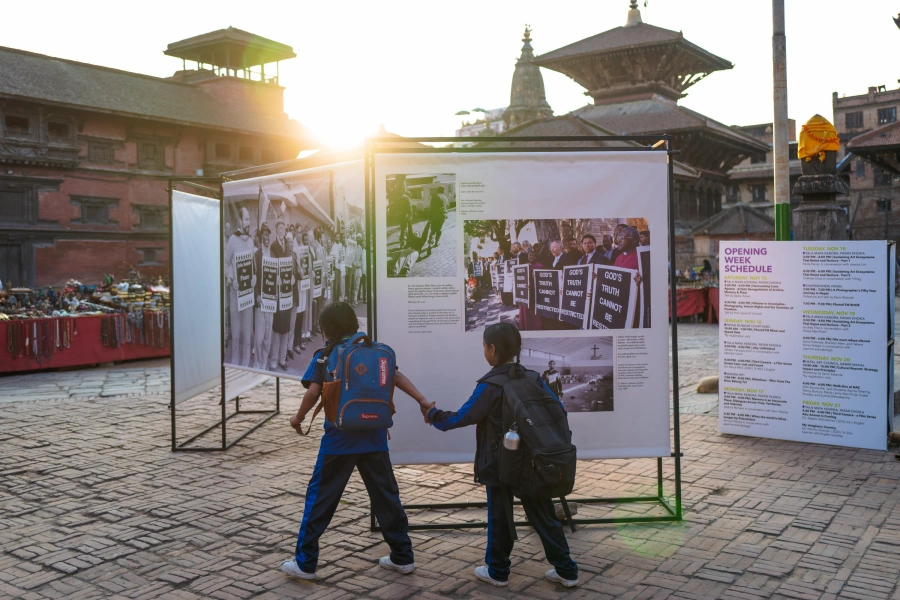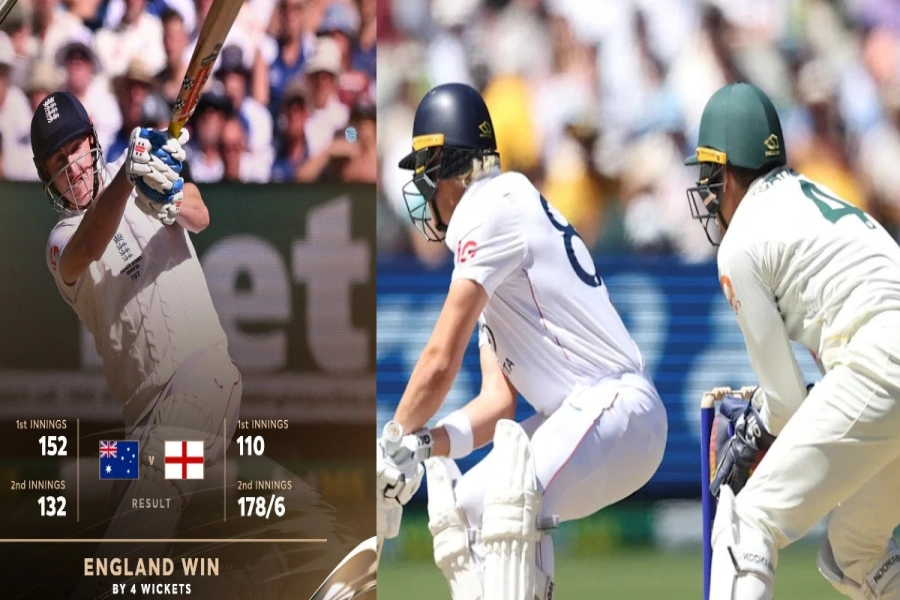Inside the perfectly titled anthology, the poet writes of life as it is today – its grief, the miseries, the sufferings. He describes them all with absolute honesty. And yet he does not forget to show life’s beautiful, precious, sunshiny moments peeking out from all the gloom. He talks of love helping people to survive the People’s War, a glass of tea sweetening a hopeless life, of memories making old age bearable.
 From the first poem, “Truth about Myself,” the poet sets his tone for the rest of the work. He uses the simplest words that can be comprehended and pondered over by anyone. This remains his strength throughout – the use of everyday words to create philosophy and cadence. Yet as stated earlier, Aryal’s poems are not merely poems – they are a string of beautiful words woven together. And also much more: stories, travelogues and essays laid out in verse. They entertain, inform, and touch the hearts.
From the first poem, “Truth about Myself,” the poet sets his tone for the rest of the work. He uses the simplest words that can be comprehended and pondered over by anyone. This remains his strength throughout – the use of everyday words to create philosophy and cadence. Yet as stated earlier, Aryal’s poems are not merely poems – they are a string of beautiful words woven together. And also much more: stories, travelogues and essays laid out in verse. They entertain, inform, and touch the hearts.Aryal writes most evocatively of the People’s War and the havoc it has wreaked on Nepalis. “Morning Elegy” depicts a poignant and true condition of innumerable mothers, narrated sensitively. A few lines bring despair to life, “Three years ago / his father had gone / to a forest to axe firewood / only to be gathered / on a bamboo bed.” Even more terrifying is a mother’s futile wait “for the son / who has become a child martyr / in the “people’s war” as they call it, to return.” The horrific theme of war and strife is repeated in “As They Buried the Dead.” The naivety of the old mother will make every reader want to weep. “Candles at Mandala” is a fervent cry for peace, even while acknowledging its hopelessness.
To balance the gloom brought about by these poems, and to inject some cheer, the poet comes up with some truly romantic poems. “A poem for love” would make a perfect gift for a beloved, however much the persona may demur. Love and death and a scenic description also meet at “Death in Pashupatinath.” “When I am old” is a very sweet poem requesting for companionship, practicality and affection to last throughout life. One or two of the love poems capture the colors of ordinary love so well; they might as well remind one of Pablo Neruda.
Then come the poems about old age, where the poet deliberates between satisfaction and anxiety. “The Silent Violin” makes for a pitiful read about the life of an old one, while “Celebration at Hundred” is a song of joy, even in its irony. “Be merry, you’ve acquired Buddhatwa” it says, “without your search for it.” This reverse psychology, of twisting negativity into something humorous, works very well under the poet’s quill.
The poet is also skillful at recording snippets of places – these poems capturing a portion of a place work as miniscule travelogues. “In Melbourne” is well-told, yet it seems almost blunt in comparison to the vision aroused by “To Mt. Merapi, the Fire Mountain” or “Sanoor Sunrise.” Lines like “I pour orange / juice into my glass / to gulp the sun with my breakfast” are witty and pretty. The description of a Kuta sunset satisfies the craving for a beach, while “Tansen Revisited” is literally a walk down the memory lane.
And then the poet talks just about life in some poems – humdrum, everyday, monotonous life which would have gone unnoticed save for his acute observation of it. As in “Epic Teashop,” where he involves a plethora of characters, there is a forthright plot, and even a climax. And lo! A realistic story is born – a tale of poverty, of hopes and frustrations. This particular poem is reminiscent of Bhupi Sherchan and Gopal Prasad Rimal, so astonishingly accurate about humanity. A similar poem would be “Midnight Shower” which is not as well-written but almost autobiographical in its candor.
That the poet chooses his expressions carefully can be noticed at a glance. Whether his poems mention “moist circles of sweet dreams” left by teacups or tea “seasoned with dreams,” he knows how to grab a reader’s attention. In fact, he works hard to capture the sense of smell, taste or sight with his discussion of mundane happenings, “Noodles and sausages / cornflakes and milk/ and honey in a crystal cup!” These are lines truly worth enjoying with all your senses.
The poet is not afraid of using bold images, symbols, onomatopoeic words. “City trams went / past the moving portraits / like snakes in the bushes” goes one poem, bringing together two discordant ideas so smoothly. “All ready to welcome the sun on a great cup of water” says another. There is a sprinkling of the “tang tang” of bells and “pee pee” of pipes, which just add to the mood.
Of course, as with poets, Aryal also tends to clutch at the safety of repetitive images of clouds and pearls; moon and roses – that when his imagination displays so much more scope. This is an unsatisfactory aspect. Also, the literal description, used overtly, gets jarring at times. There is a tendency of oversimplification, which may be seen as sheer laziness, as in “Birds are returning to their nests / monkeys are returning to their caves.” Suddenly, a few lines seem to be inserted from an English primer. Lines like “Where do these birds / come from? Where do they go?” simply do not gel with the rest of the work. At other times, the poet gets carried away by the idea of his own cleverness and ends up creating annoying tongue-twisters like “The Puppet Maker.”
But there are no two ways about this anthology in the end: It is thoughtfully written, is reader-friendly, and displays the immense potential the poet carries within him.
Teaching through poetry








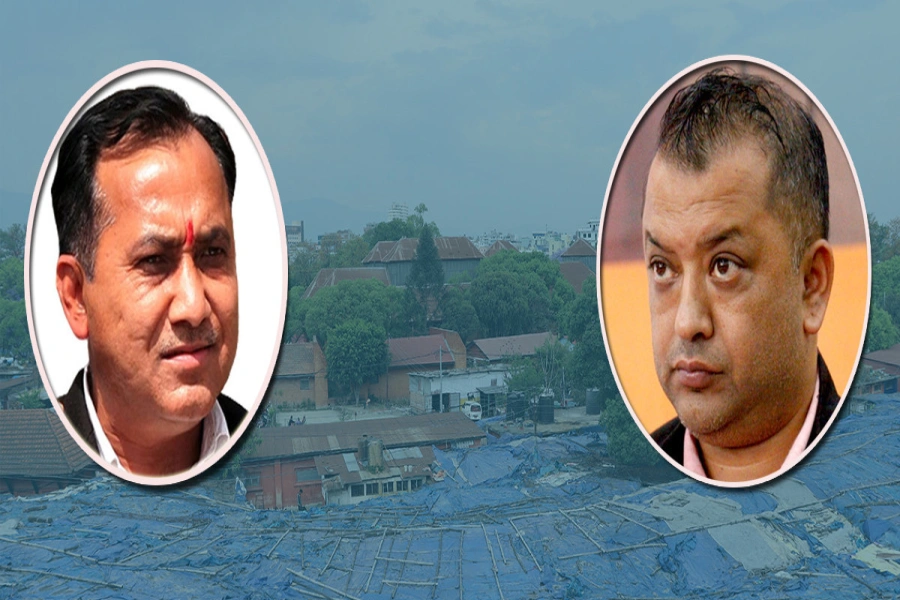

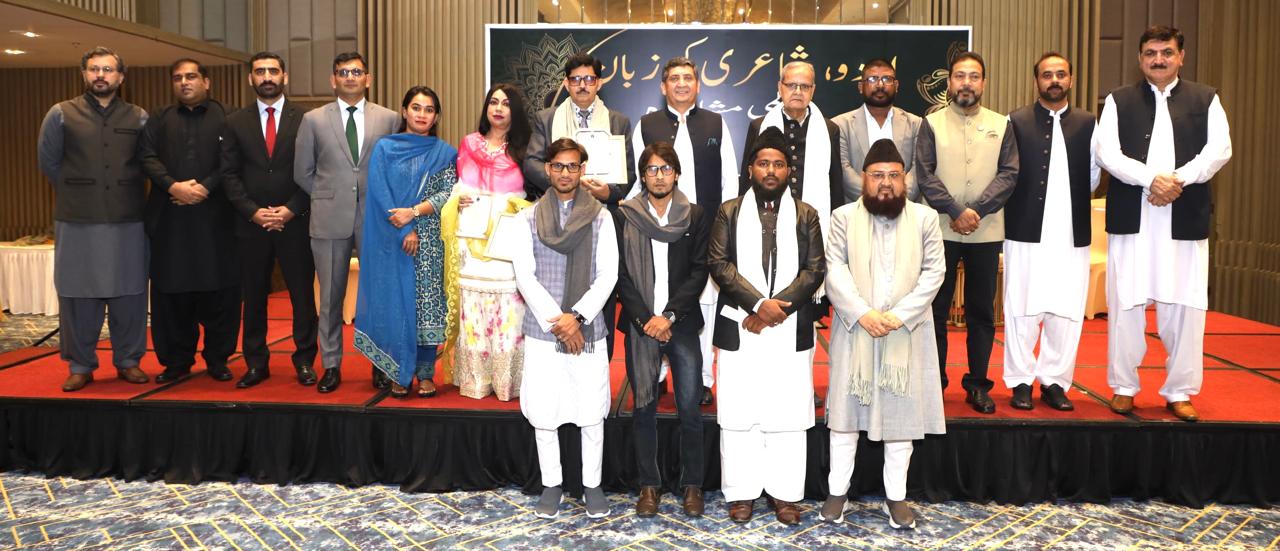
_20220527123522.jpeg)

